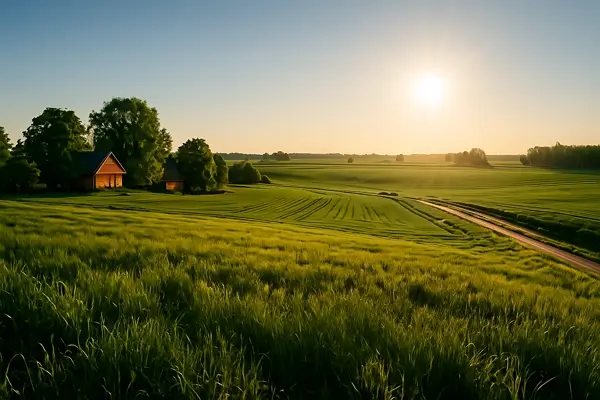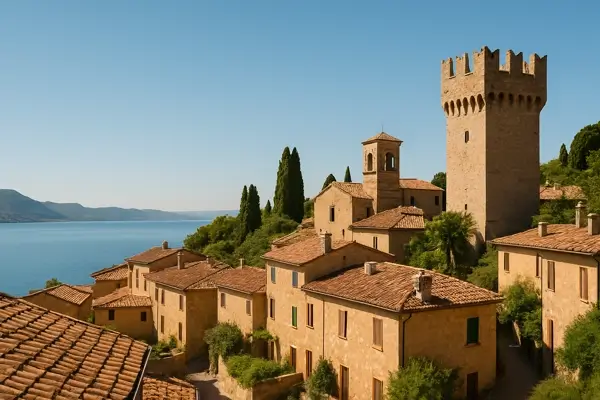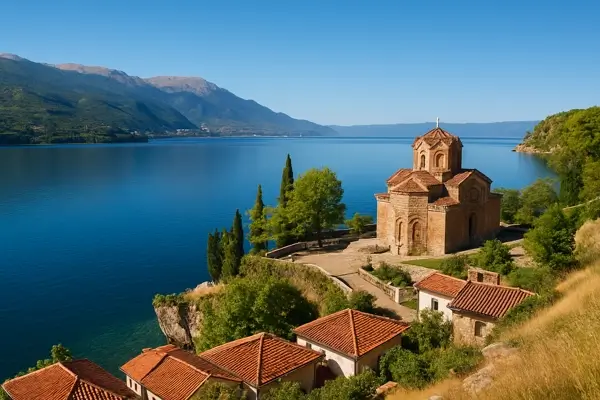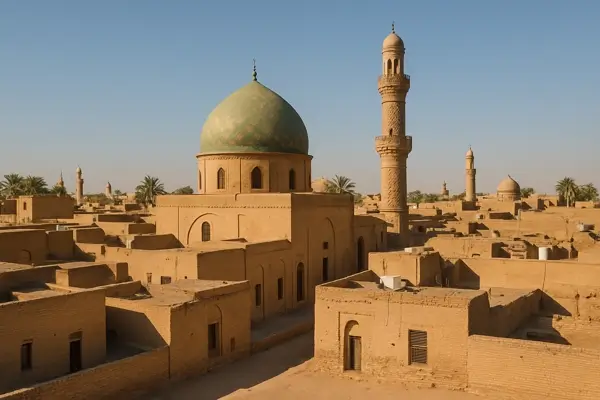
A Country of Natural Beauty
Belarus is known for its breathtaking landscapes, including vast forests, pristine lakes, and picturesque rivers. Approximately 40% of the country is covered by forests, earning it the title of the "lungs of Europe." The Belovezhskaya Pushcha National Park, a UNESCO World Heritage site, is home to rare European bison and offers a glimpse into ancient European woodlands.
A Land of Lakes
Belarus is often referred to as the "Land of Lakes," with over 11,000 lakes spread across the country. The largest of these is Lake Naroch, known for its crystal-clear waters and surrounded by scenic nature reserves, making it a popular destination for outdoor enthusiasts and tourists.
Rich History and Traditions
Belarus has a deep and ancient history, dating back to the medieval times. It was once part of the powerful Grand Duchy of Lithuania and later the Russian Empire. The country maintains strong folk traditions, including intricate embroidery, weaving, and musical performances, which are an important part of its cultural identity.
A Center of Modern Industry
Belarus has a well-developed industrial base, with key sectors including machinery, chemical production, and IT. Minsk, the capital city, is a major hub for innovation and technology, boasting a growing startup scene and well-established tech parks.
Famous for Its Castles
Belarus is home to several stunning castles, some of which date back to the 14th century. The Mir Castle Complex and Nesvizh Castle are two of the most famous, showcasing the country’s rich medieval architecture. These castles are UNESCO World Heritage sites and are a testament to Belarus’s historical significance.
Minsk, a Modern Capital
Minsk, the capital of Belarus, is known for its impressive Soviet-era architecture, wide boulevards, and bustling cultural scene. Despite its relatively recent history of rapid modernization, the city has retained a strong sense of history, with landmarks like Victory Square and the Belarusian National Arts Museum.
Culinary Traditions
Belarusian cuisine is hearty and comforting, with a focus on potatoes, meat, and dairy products. Popular dishes include draniki (potato pancakes), machanka (a rich pork stew), and borscht (a beet soup). The country also has a rich tradition of bread making, and rye bread is a staple of the Belarusian diet.
Unique Folklore and Festivals
Belarusian folklore is rich in mythological creatures, legends, and traditions. The country celebrates several unique festivals, such as Kupalle (celebrating the summer solstice) and Dazhynki (harvest festival), where traditional music, dances, and rituals are showcased. These events are important cultural expressions that link the past with the present.
A Country of Resilience
Belarus has experienced significant historical challenges, including World War II, when much of the country was destroyed. However, it has rebuilt itself over the decades and has maintained a resilient spirit. The country’s national memorials, such as the Brest Fortress, serve as a testament to this enduring strength.
A Unique Language
Belarus has two official languages: Belarusian and Russian. While Belarusian is a symbol of national pride, Russian is widely spoken throughout the country. The use of both languages reflects the country’s complex history and cultural influences.



